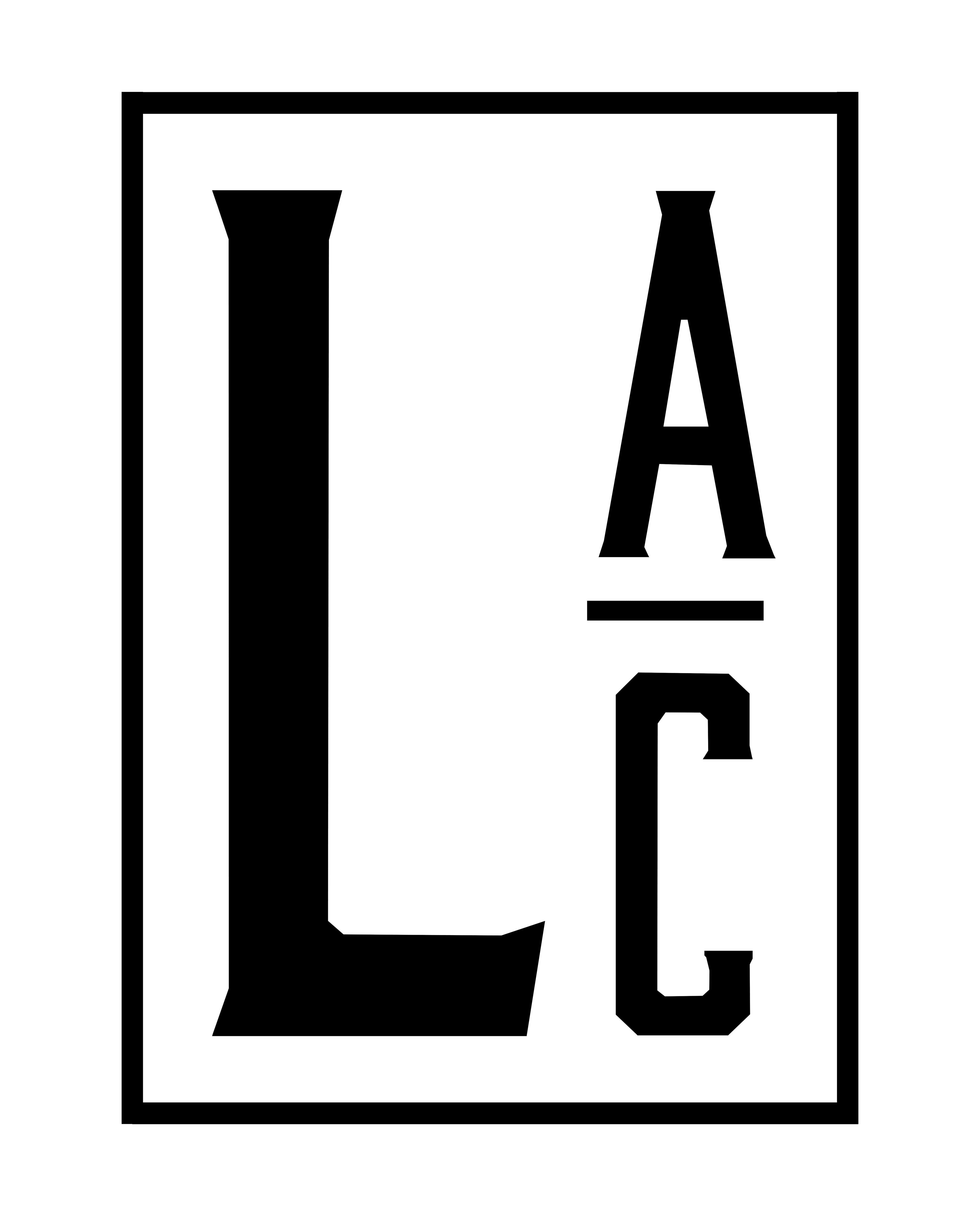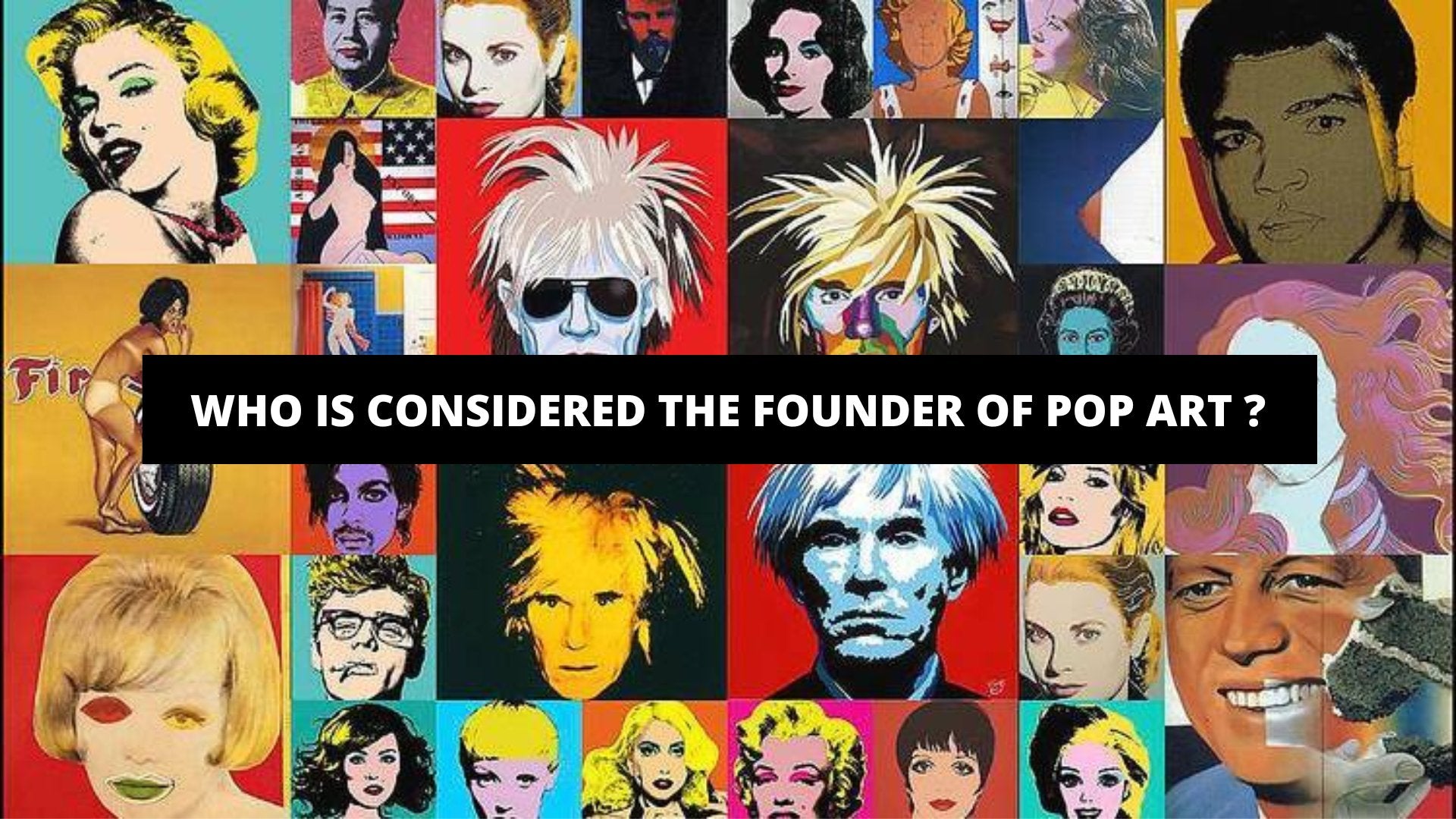What Is Pop Art?
Pop Art emerged as a vibrant art movement in the mid-20th century, celebrating consumer culture and challenging traditional artistic norms.
This genre of art drew inspiration from everyday objects, advertising, and media imagery, blurring the lines between high and low culture. Pop Art artists, such as Andy Warhol and Roy Lichtenstein, played a significant role in shaping this movement with their iconic works like Warhol's soup cans and Lichtenstein's comic strip-inspired pieces. The essence of Pop Art lies in its bold colors, flat tones, and repetition of imagery, capturing the essence of mass production and popular culture.
Who Is The Founder Of Pop Art?
Andy Warhol is widely recognized as the pioneering figure and founder of the Pop Art movement, known for his iconic symbols and innovative approach to commercial art.
This movement emerged in the 1950s and 1960s, with Warhol's work standing out for its bold colors, repetition of images, and use of everyday objects. A key theme in his art was the intersection of consumer culture, fame, and artistic expression. Through his unique style of blending high art and popular culture, Warhol challenged traditional notions of artistry and redefined the boundaries of artistic creation. His famous works, such as the Campbell's Soup Cans and Marilyn Monroe portraits, have become emblematic of Pop Art.
What Was The Artistic Movement Before Pop Art?
Before Pop Art, the avant-garde movement of Dadaism, influenced by figures like Marcel Duchamp and James Joyce, challenged traditional artistic conventions and embraced modernism.Dadaism emerged during the chaotic period of World War I, reflecting a deep sense of disillusionment and a desire to break away from established norms. Artists within this movement rejected logic and reason, opting instead for irrationality and spontaneity in their creations.
The provocative works of Marcel Duchamp, known for his readymades like the infamous 'Fountain', blurred the boundaries between art and everyday objects, questioning the very essence of what constitutes art.
Dadaists embraced absurdity, randomness, and chance as tools for artistic expression, paving the way for future artistic experimentation and challenging the prevailing notions of aesthetic beauty.
What Inspired The Founder Of Pop Art?
The founder of Pop Art drew inspiration from the vibrant landscape of consumer culture, mass media, and advertising that dominated the post-war era.These influential factors not only surrounded the artist but also seeped into every aspect of daily life, shaping perceptions and values in a profound way. The saturation of consumer goods and commercial messages in society became a primary source of imagery for the artist, reflecting the essence of a society driven by materialism and consumption.
The rise of television and glossy magazines during that period provided a constant stream of visual stimuli, fostering a culture of instant gratification and superficiality. This pervasive presence of media images and slogans sparked a critical response from the artist, who sought to deconstruct and reinterpret these symbols through the lens of art.
What Was The Influence Of Mass Media And Advertising On Pop Art?
The influence of mass media and advertising on Pop Art was profound, as artists responded to the pervasive consumer culture of the post-war era with innovative and influential works.Pop Art emerged as a bold artistic movement during the 1950s and 1960s, challenging traditional notions of fine art by incorporating elements from popular culture such as comic strips, advertising, and everyday objects.
Pop Art artists like Andy Warhol and Roy Lichtenstein embraced the aesthetics of commercialism, blurring the lines between high and low art. They utilized techniques like screen printing and bold color schemes to create visually striking pieces that reflected the mass-produced nature of consumer goods. This art form became a mirror to society's obsession with consumption and celebrity culture, critiquing the commodification of everyday life.
How Did The Founder Of Pop Art Incorporate Popular Culture Into His/Her Art?
The founder of Pop Art seamlessly integrated elements of popular culture into their artworks, using vibrant colors and iconic symbols that resonated with mainstream audiences.By merging high and low culture, Pop Art challenged traditional art forms and societal norms, making art accessible to the public in unprecedented ways. Through the lens of consumerist culture, the founder transformed everyday objects into captivating masterpieces, redefining the boundaries of artistic expression. Their bold compositions and graphical style captured the essence of a rapidly changing post-war society, reflecting the allure of mass-produced goods and media imagery. This innovative approach not only revolutionized the art world but also sparked dialogues about the intersection of art, commerce, and mass culture.
What Are The Characteristics Of Pop Art?
Pop Art is characterized by its bold use of colors, unique techniques, and appropriation of mass culture imagery to create visually striking and unconventional artworks.One of the defining characteristics of Pop Art is its embrace of consumerism and popular culture, drawing inspiration from advertisements, comic books, and everyday objects. Artists often used techniques like silk screening and collage to achieve their vibrant and graphic aesthetic.
The movement challenged traditional notions of what art could be by blurring the lines between high and low culture, elevating items like soup cans and comic strips to the realm of fine art.
What Are The Common Themes In Pop Art?
Common themes in Pop Art include satire, criticism of consumer culture, juxtaposition of high and low art, and the use of vibrant colors to reflect mainstream aesthetics.Pop Art is renowned for its bold statements on society, often employing humor and irony to challenge conventional norms. This movement boldly addressed the impact of media and advertising on individuals, embodying a rebellious spirit against traditional artistic elitism.
Through the satirical lens, Pop Art reflected the mass production and consumerism that dominated the post-war era, with artists like Andy Warhol creating iconic pieces that critiqued the commodification of everyday objects.
What Techniques Did The Founder Of Pop Art Use?
The founder of Pop Art employed techniques such as using mass-produced imagery, bold colors, and accessible visual language to bridge the gap between high art and popular culture.Pop Art, characterized by its vibrant colors and everyday objects as subject matter, was spearheaded by artists like Andy Warhol and Roy Lichtenstein. By incorporating imagery from advertising, comic books, and consumer products, these artists revolutionized the art world, challenging traditional notions of what constituted 'fine art'. Their innovative approach blurred the distinction between high and low culture, making art more accessible to the masses. Utilizing techniques like silk screening and Ben-Day dots, Pop Art pieces often featured bold, graphic styles that stood out in the art scene of the 1960s.
What Are The Major Works Of The Founder Of Pop Art?
The major works of the founder of Pop Art showcase iconic symbols, innovative approaches to commercial imagery, and a bold use of colors that have become emblematic of the movement.One of the most celebrated works by the artist is Whaam!, a diptych featuring a fighter jet firing a missile, capturing the essence of the artist's fascination with popular culture and consumerism.
Another renowned piece, Gold Marilyn Monroe, depicts the iconic actress in vibrant colors, blending glamour with a critique of celebrity culture.
The use of primary colors such as red, blue, and yellow in works like Brillo Boxes and Campbell's Soup Cans illustrates the artist's keen eye for transforming everyday objects into art.
How Did The Founder Of Pop Art Challenge Traditional Art?
The founder of Pop Art challenged traditional artistic norms through innovation, redefining mainstream relevance in the art world and paving the way for new creative expressions.One of the key elements that made Pop Art distinctive was its bold use of everyday objects and popular culture imagery, breaking away from the elitist perceptions associated with art.
This unconventional approach captivated audiences and critics alike, sparking conversations about consumerism, mass media, and societal values.
By infusing elements of advertising, comic books, and mundane objects into their art, the Pop Art movement brought a fresh perspective to the art scene, blurring the lines between high and low culture.
What Is The Legacy Of The Founder Of Pop Art?
The legacy of the founder of Pop Art endures through their influential and pioneering contributions, shaping the landscape of contemporary art with iconic symbols and innovative approaches.One of the most notable aspects of their impact is their ability to break down traditional boundaries in art, merging popular culture with high art forms to create works that resonate across diverse audiences.
Their use of vibrant colors, bold graphics, and mass-produced imagery challenged the status quo, revolutionizing the way art was perceived and consumed.
This innovative spirit paved the way for a new generation of artists who continue to draw inspiration from their daring techniques and boundary-pushing concepts.
How Did Pop Art Influence Contemporary Art?
Pop Art revolutionized contemporary art by bridging the gap between high and popular culture, influencing artistic expressions that reflected the essence of mass consumer culture.Pop Art's bold use of imagery from advertising, comic books, and everyday objects challenged traditional notions of artistic subject matter. Artists like Andy Warhol and Roy Lichtenstein embraced this movement, producing works that resonated with the vibrant energy of urban society. The unconventional materials and methods employed by Pop artists expanded the boundaries of artistic creation, inviting viewers to reconsider the relationship between art and everyday life.
What Are Some Criticisms Of Pop Art?
Critics of Pop Art have raised concerns about its commercialization, perceived lack of depth, and appropriation of mainstream imagery that blurs the lines between high and low art.One of the major criticisms of Pop Art is its perceived focus on consumerism and commercialism, with detractors arguing that the movement often prioritizes the surface aesthetics of popular culture without looking into deeper artistic expressions. Critics also point out that the use of mainstream imagery can sometimes lead to the dilution of artistic integrity, making it more about mass appeal than genuine artistic exploration. The accessibility of Pop Art has been another point of contention, with some arguing that its widespread popularity has led to oversaturation and a loss of the movement's initial innovative edge.
Who Are Other Prominent Artists In The Pop Art Movement?
Plus the founder of Pop Art, other prominent artists in the movement include Roy Lichtenstein, Richard Hamilton, and a diverse array of innovative creators who reshaped contemporary art with their iconic symbols.Among these influential artists, Roy Lichtenstein is renowned for his bold and graphic comic-style artworks, characterized by Ben-Day dots and vibrant colors.
Richard Hamilton, often referred to as the father of British Pop Art, introduced collage techniques and played a pivotal role in conceptualizing the aesthetic principles of the movement.
Emerging figures like Claes Oldenburg and Andy Warhol further propelled the Pop Art movement with their distinctive approaches, Warhol notably popularizing the concept of mass production in art through his provocative works.


What Emotional Tone Can Be Detected In Pop Art Images ?
Who Is Roy Lichtenstein ?